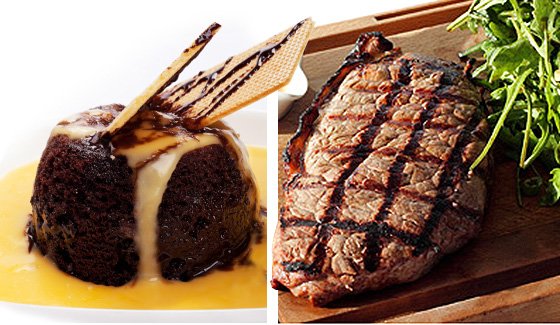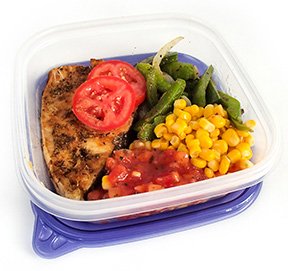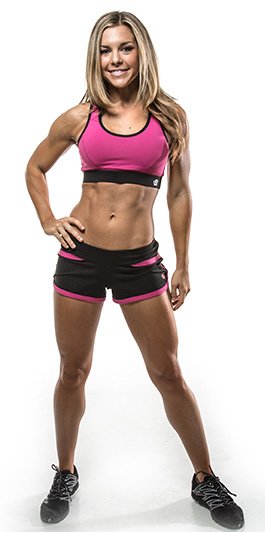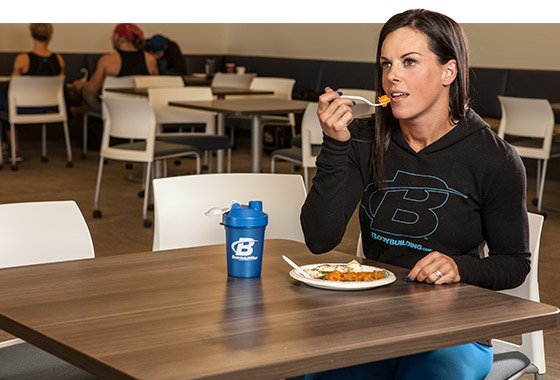Pay the Price to Party – Alcohol and Bodybuilding
It’s Friday night, I’m in the club, and everyone is drinking. I did everything right during the week. I worked out and followed my diet to the “T.” So I can have a “few drinks” right? Wrong! Unless I want to halt my progress and limit the results I’ve worked so hard for, I won’t drink. I order water with a lime, to create an illusion that I’m drinking.
Alcohol is the world’s oldest and most widely-used drug. Alcohol is used to relax, facilitate social events, and liven up a party, but who’s really paying the price for you to party? Let’s take a closer look.
Alcohol stimulates appetite and loosens inhibitions. This is a great combination if your only goal is to have a fun time and get lucky, but a horrible combination for the physique conscious. In its purest form, Ethyl Alcohol contains 7 calories per gram. Unlike calories from protein, fat, and carbohydrates, alcohol provides no nutrients or energy. This is why we call these 7 calories “empty calories.” On average a light beer contains 110 calories, a shot of 80 proof liquor contains 65 calories (don’t forget about the mixer), and red and white wines contain 120 calories. Factor the increased appetite and poor judgment and without even thinking about it you’ll be eating the typical “thousand calorie meal” establishments serve. The price being paid is already exceeding the physical dollar amount paid.
Alcohol is rapidly absorbed into the bloodstream, but one standard drink takes around 10 hours to process. Assuming you had more than one drink, athletic performance may be affected up to 48 hours after the last round. When alcohol is being metabolized, glycogen metabolism decreases. Glycogen is converted into glucose, which provides energy to the body. For every one day of drinking your reaction time, balance, coordination, thought process, energy levels, and overall abilities may be negatively affected for the following two days.
Keeping your muscles hydrated results in a much higher anabolic environment. Some even take creatine to over hydrate the muscles, creating an even higher anabolic environment. Your kidneys regulate electrolytes and fluids in the body. Electrolytes and fluids supply nutrients and remove cellular waste. Alcohol forces the kidneys to process massive amounts of water from all over the body, including the brain, to break down alcohol. The kidney’s go into overdrive to get rid of the “toxins” leading to dehydration. This explains why drinkers have to go to the bathroom frequently when drinking.
Alcohol hurts muscular gains and recovery. Your body utilizes alcohol for fuel before any other nutrient. The nutrients you eat before, during, and after drinking aren’t absorbed efficiently and sit around while the alcohol is being metabolized. Alcohol interferes with the absorption, storage, and use of vital nutrients. Slower protein absorption will directly diminish your gains and recovery. After a night of drinking you may fall asleep easier but, the quality of sleep (especially Rapid Eye Movement aka REM) is reduced. REM is believed to be the period during sleep that bodies do the greatest amount of repair. A disturbance of REM sleep may ultimately diminish recovery. Recovery and gains can also be affected by missed meals the following day due to either waking up late or feeling sick/ hung-over the next day.
Most know that anabolism increases with increased testosterone production and decreases with increased estrogen levels. Some even choose to take steroids to drive their testosterone levels to unnatural levels to achieve unnatural results. Alcohol lowers testosterone by interfering with its production and raises estrogen levels. Testosterone levels can drop up to 25% while being intoxicated. Overtime, men that are heavy drinkers often develop gynecomastia (aka man boobs) because alcohol speeds up the aromatization of androgens into estrogens.
To fully understand the effects of alcohol on fat burning and metabolism, take a look at how it’s metabolized. After being consumed, alcohol gets absorbed into the blood stream through the stomach and intestines. Around 98% of the alcohol is then processed by the liver. The liver converts fats into usable food and is a critical element that maintains a healthy body composition. The liver converts alcohol into an enzyme called alcohol dehydrogenase, which converts into acetaldehyde, then into acetate. Carbohydrates turn into acetate as well, but through many steps, providing muscles with glucose and energy. Alcohol, on the other hand, converts into acetate fast and easy and provides no nutrients for energy. A sharp rise in acetate will result in increased fat storage. Alcohol is a by-product of yeast. The digestion of yeast irritates and weakens the lining of the stomach. When the stomach is weakened, food is digested slower and less efficient, making weight loss harder. Alcohol impairs pancreatic enzymes that are needed to metabolize fat, which can result in a high blood lipid (fat) level.
All living things are composed of cells. Bioplasm is the matter that forms the bulk of the cell. Bioplasm is the only living matter that can take up food, grow, multiply, divide, and move. In the book “Alcohol: A Dangerous and Unnecessary Medicine, How and Why” by Martha M. Allen, an experiment was published on bioplasm. Different solutions were introduced to the bioplasm. A stimulant solution was added and the bioplasm increased in activity and divided more rapidly. An astringent was then added, causing the bioplasm to move more slowly and contract into a spherical shape. A relaxant was then introduced and the bioplasm spread in all directions barely moving, but when a stimulant was added again, it acted more vigorous than ever. Alcohol (also a stimulant) was then added and instantly the bioplasm contracted into a ball-like mass. They tried to stimulate and relax the bioplasm again, but nothing happened, it was completely dead.
“Alcohol destroys the very life force that alone keeps the body in repair.” If you want to perform at your best, build maximal muscle, or increase the potential for fat loss, alcohol should be avoided. The old saying goes “abstain and get them gains.” Who is paying the price for you to party? Your body is paying the price!
Reference: Martha M. Allen et al., Alcohol: A Dangerous and Unnecessary Medicine, How and Why, pg 64-104, 1900.














